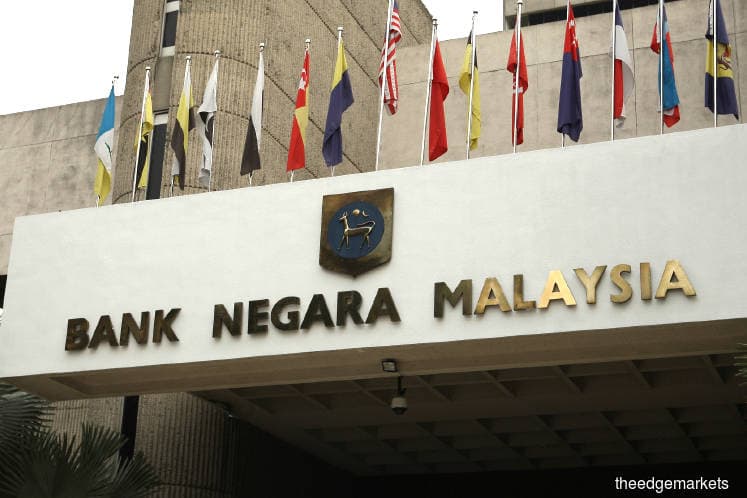
This article first appeared in The Edge Malaysia Weekly on April 6, 2020 - April 12, 2020
THE debt level of Malaysian non- financial corporates fell below 100% of gross domestic product for the first time since 2015, to 99.4% as at December 2019.
The corporate debt level stood at 108% of GDP a year ago while last June it was 102%, according to Bank Negara Malaysia’s financial stability review for the second half of 2019.
The receding level of corporate debt was a result of a decline in external debt and domestic borrowings.
The lower external debt level was largely driven by the redemption of maturing bonds and the settlement of intercompany loans by several oil and gas firms, notes Bank Negara. Close to half of external debt was in the form of intercompany loans with concessionary terms and trade credit facilities that were backed by export receivables.
“Additionally, 81.5% of the remaining external exposures are medium to long-term borrowings and hedged against currency exposures, further mitigating repayment, rollover and currency risks,” the central bank says.
Domestic borrowings among corporates were lower in 2H2019 as business sentiment remained cautious. Business loans grew only 2.4% during that period.
“Loan repayments continued to exceed loan disbursements, reflecting uncertainties in the business outlook,” says Bank Negara.
Corporate bond issuance in 2H2019 was also much smaller at RM1.2 billion, compared with RM11.1 billion in 1H2019, even though borrowing costs were lower.
Bank Negara adds that the overall financial standing of firms was sustained in 2H2019, indicated by the stable aggregate measures of profitability, while companies’ leverage and debt-servicing capacity continued to be within prudent levels.
It is worth noting that, overall, business loan impairments in 2019 grew at their fastest pace of 7.9% since 2010. Bank Negara says impaired loans as a share of total business loans remained within a narrow range observed over the last five years.
The number of corporates with an interest coverage ratio of less than two times has also increased in the last two years, but firms in certain segments, such as mining, construction and manufacturing, have continued to pare down debt.
“This is expected to support overall debt-servicing capacity, although lower oil prices are likely to renew earnings pressure for firms in the oil and gas sector,” says Bank Negara.
Moving forward, the central bank foresees the quality of business borrowings weakening due to the impact of the Covid-19 outbreak, with the impact on firms largely dependent on the severity and duration of the pandemic.
Nevertheless, measures announced by the government should provide some respite from debt-servicing obligations in this challenging environment.
Bank Negara says the exposure to more vulnerable business sectors accounted for 30% of total banking system loans.
However, banks’ exposure to these borrowers is mitigated by repayment sources that are secured by long-term contracts, adequate collateral coverage, government guarantees and measures taken by borrowers to conserve cash flow, it adds.
Meanwhile, banks’ exposure to firms in these vulnerable sectors, which have been classified as underperforming loans and impaired loans, accounts for less than 4% of total banking system loans.
“Banks also continue to hold strong financial buffers against potential losses with a loan loss coverage of 126.4%,” assures Bank Negara.
Save by subscribing to us for your print and/or digital copy.
P/S: The Edge is also available on Apple's AppStore and Androids' Google Play.